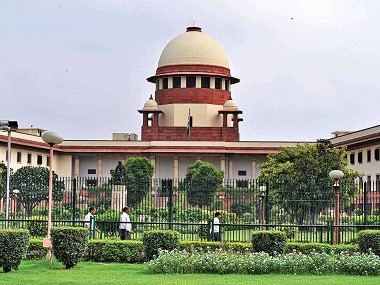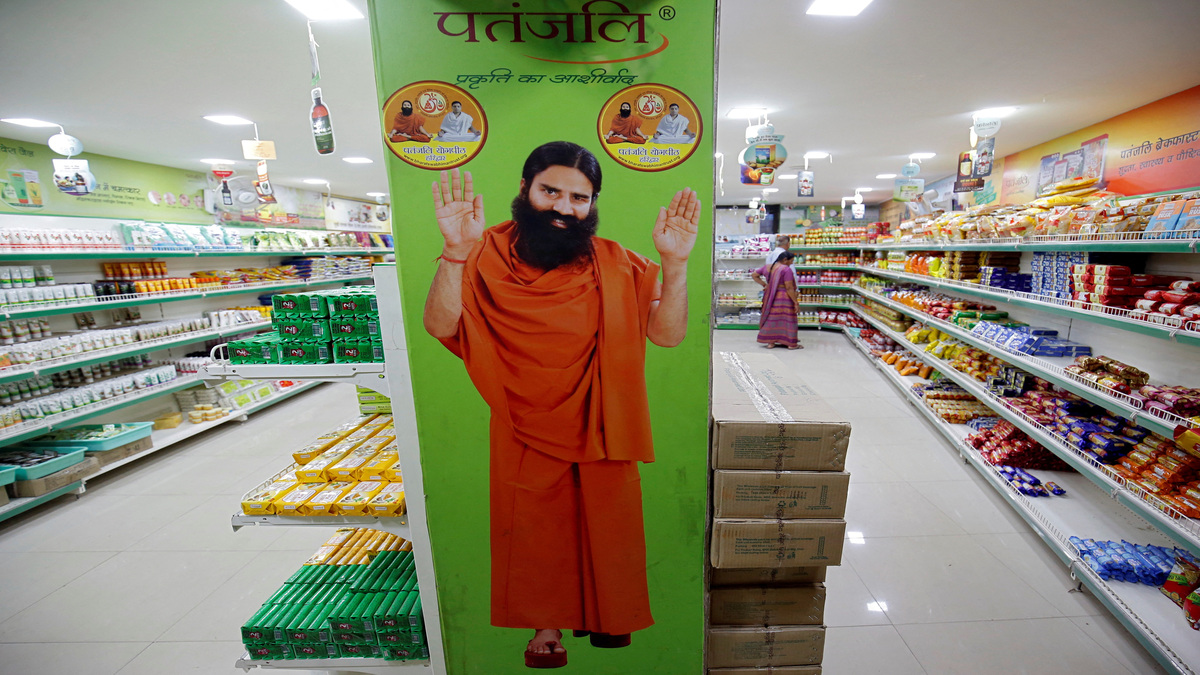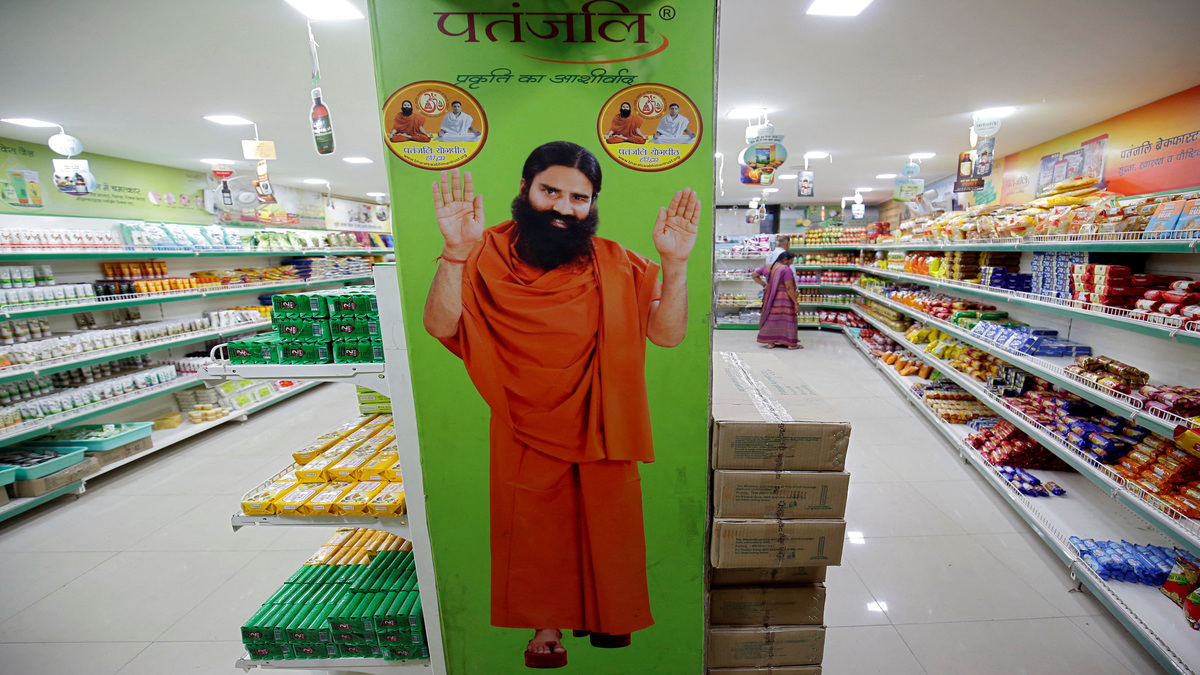The approach of the Supreme Court in deciding Ayodhya dispute has undergone paradigm shift – with the apex court holding, in August, that it is in no hurry to decide the case and allowing the counsels as much time they needed to argue the case; to deciding to limit the case arguments and to set a deadline till 17 October and 18 October if so required.
This is due to the retirement of the Chief Justice of India Ranjan Gogoi who will demit his office on 17 November. While setting a timeline, at the first blush, may seem in the interest of quick disposal of the case, when looked at closely it has inherent problems with the fundamentals of the judicial process. The problem is at two levels: one in terms of opportunity cost and the other in terms of the quality of judicial reasoning.
The Supreme Court has set a timeline so that judgment could be delivered before the retirement of the CJI Gogoi failing which the matter will have to be heard afresh. This leaves judges with very little to reconcile intricate and complex legal questions and subsequently, it would also affect the quality of the precedent that this case sets with regard to judicial approval of deity and faith and its further application in the times to come. It may also affect the quality of legal reasoning.
Despite the lack of institutional accountability, it does not follow that the judiciary is not subject to any checks and balances. The key manner in which judiciary is held responsible is by the requirement of clear, public, legal reasons that their judgments should contain to justify the outcomes they have reached in a given case. Furthermore, a judge must usually arrive at his or her judgement after hearing the parties to the case in public. In the judgment, the judges must record competing arguments and resolve them, explaining why a particular argument is preferred over the another.
The reasons have to be legal – he or she needs to cite all relevant constitutional provisions, statutes, rules, principles, past cases, and sometimes academic commentary and judgments of foreign courts, and then decide the merits of the arguments of both sides under law. In fact, judges are required to give cogent reasons by virtue of the judicial office. It is based on these public, legal reasons recorded in judgments that a judge may be criticised by the legal academy or bar. Reason-giving is a key mechanism for judicial accountability in a democracy – it is the only internal check that makes it palatable for citizens to submit to the authority of the judiciary.
In fact, the reason-giving process provides legitimacy to the courts. One may recall the words of justice AK Sikri, a former judge of the Supreme Court, “The judiciary even without the sword or the purse, remains the guardian of the Constitution. Its sole strength lies in public confidence and trust.”
A court that persistently fails in providing reasons runs the risk of jeopardising its public legitimacy. The Supreme Court had warned, “Erosion of credibility of the judiciary, in the public mind, for whatever reasons, is greatest threat to the independence of the judiciary …… The societal perception of Judges as being detached and impartial referees is the greatest strength of the judiciary and every member of the judiciary must ensure that this perception does not receive a set back consciously or unconsciously.”
Therefore, the Supreme Court rushing through the Ayodhya dispute may also reflect in its judgment and might also dent the institution’s image of unbiased and efficient arbiter of law especially when there is no pressing need to do so and when the case is bound to have major ramifications on Indian political and social life.
One may also visualise this approach in terms of the opportunity cost on the judicial system. Under the scheme of the Constitution, the Supreme Court is vested with extraordinary jurisdiction to decide disputes which fundamentally affect the constitutional structure and machinery. In this regard, a comparison may be drawn with the constitutional challenge to abrogation of Article 370.
Till now, the Supreme Court has not given adequate time to decide the dispute on Article 370 mainly because the judges are too busy with hearing appellate and other matters. The court sitting as a Constitutional Bench granted four-weeks’ time to the Central government to respond. The approach of the court would derail timely adjudication of the dispute and may, in fact, make it impractical to declare Article 370 as unconstitutional even if it finds it to be unconstitutional. Also, slow judicial response to constitutional challenges perpetuates unconstitutionality.
The time that was spent there should have been devoted to hearing constitutional challenge which is the primary purpose of the Supreme Court. Therefore, hearing Ayodhya dispute on a day-to-day basis instead of a phased manner takes a considerable amount of time out of other important cases and in fact, primary cases involving constitutional challenge.
Thus, there is an obvious opportunity cost and in fact, too large a cost in hearing Ayodhya dispute. Further, it has hampered the ability of the court to decide other connected matters too. A petition was filed by the RSS to live stream the Ayodhya court proceedings. However, the same has not been decided upon despite there being a Supreme Court ruling that proceedings may be live-streamed. This matter would be rendered infructuous. This is primarily because of the opportunity cost incurred in the day-to-day hearing of the Ayodhya dispute.
In fact, a lot could be learned from the prompt response of the Supreme Court of the United Kingdom to the prorogation of the UK Parliament by Prime Minister Boris Johnson. The Indian judiciary should develop a culture where constitutional cases are prioritised over other disputes and must afford itself sufficient times to adjudicate disputes so a deliver verdict on sound legal reasoning.


)




)
)
)
)
)
)
)
)